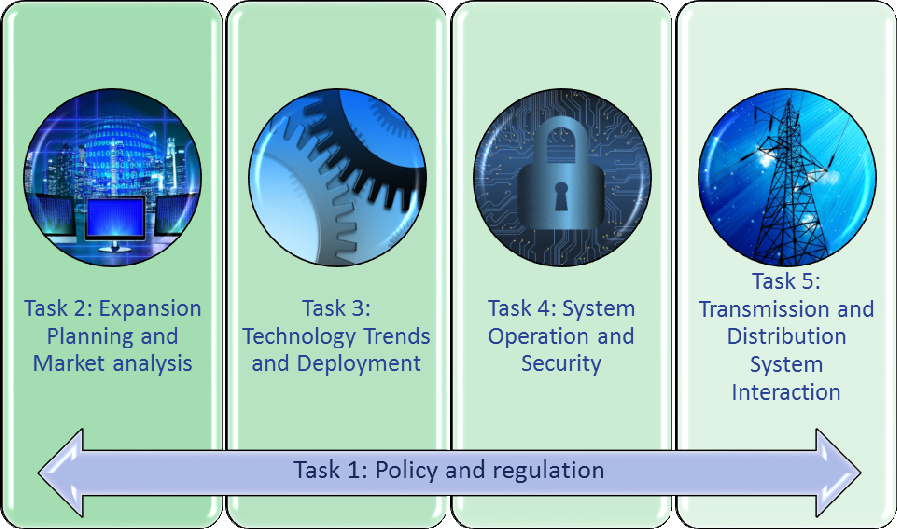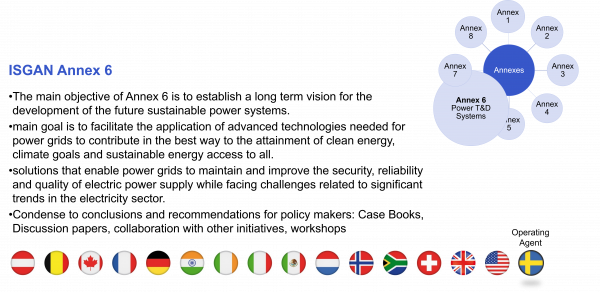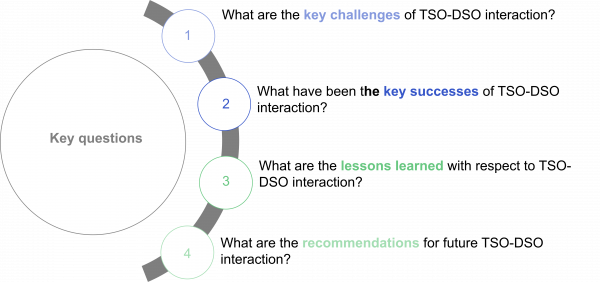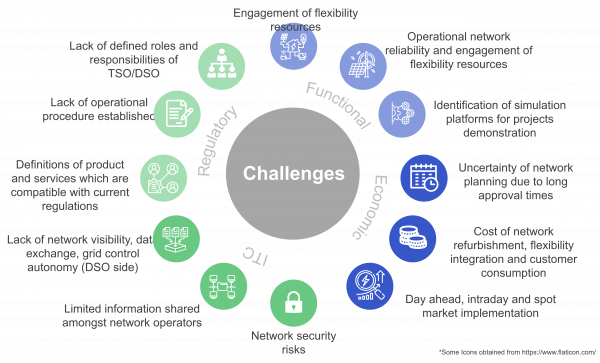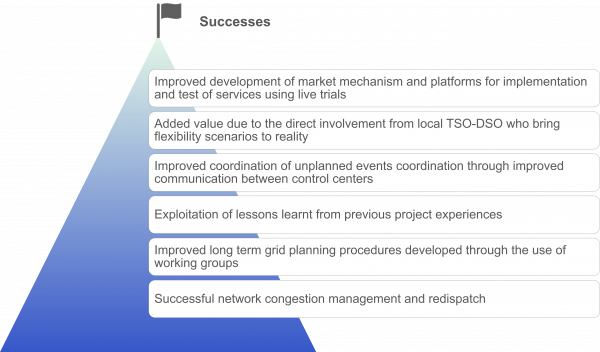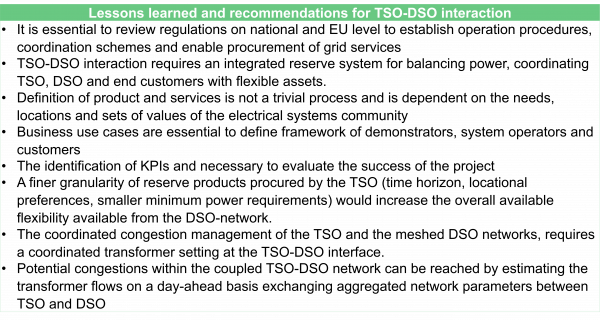IEA ISGAN Annex 6: Power Transmission and Distribution Networks (working period 2019-2020)
Short Description
The use of Smart Grids is a decisive step towards maintaining the stability and resilience of the energy system when integrating a high share of renewable and decentralized energy. The interaction between transmission (TSO) and distribution system operators (DSO) is becoming increasingly important due to the increased integration of renewable energies at different grid levels and new legal frameworks (e.g. energy communities).
The problems and solution methods were discussed on a broad international level and elaborated within the ISGAN network. The target audience for the insights gained were primarily countries with development needs or growth markets for smart grid technologies such as India, China, South Africa and the USA, but also more developed countries interested in ongoing developments and activities. For the communication and dissemination of the results outside ISGAN, the findings will be prepared as scientific publications, policy briefs and presentations at public conferences and in a film, depending on the target group.
A special highlight is the Deliverable in the form of a video, which explains the contents of the project in a generally understandable way and contains interviews on successful example projects. The video is excellently suited to introduce the topic of Smart Grids to an interested audience, but also to provide experts with new information on current projects.
The lessons learned and recommendations from the project that facilitate the interaction between the TSO-DSO can be summarized as follows:
- It is essential to review the rules at national and EU level in order to establish procedures and coordination systems and enable the procurement of network services.
- The interaction between TSO and DSO requires an integrated reserve system for balancing energy that coordinates transmission system operators, distribution system operators and customers with flexible systems.
- Defining products and services is not a trivial process and depends on the needs, locations and values of the electrical systems community.
- Business use cases are important to define the framework of demonstrators, system operators and customers.
- The identification of KPIs is necessary to evaluate the success of the project.
- A finer granularity of the reserve products procured by the TSO (time horizon, location preferences, lower minimum power requirements) would increase the available flexibility of the DSO network as a whole.
- The coordinated congestion management of the TSO and the meshed DSO networks requires a coordinated transformer setting at the interface between TSO and DSO.
- Potential bottlenecks within the coupled TSO-DSO network can be addressed by estimating transformer flows on a day-ahead basis by exchanging aggregated network parameters between TSO and DSO.
Project Images
Terms of use: The pictures listed underneath the header “Project Pictures” originate from the projects in the frame of the programmes City of Tomorrow, Building of Tomorrow and the IEA Research Cooperation. They may be used credited for non-commercial purposes under the Creative Commons License Attribution-NonCommercial (CC BY-NC).
Publications
Publications are available on the IEA ISGAN-Website.
Participants
Austria, Belgium, Brazil, Canada, France, Germany, India, Ireland, Italy, Mexico, The Netherlands, Norway, South Africa, Sweden (Lead), Switzerland, United Kingdom, United States
Contact Address
Austrian Institute of Technology GmbH
Susanne Windischberger
Giefinggasse 4
A-1210 Wien
E-Mail: susanne.windischberger@ait.ac.at
Web: www.ait.ac.at

